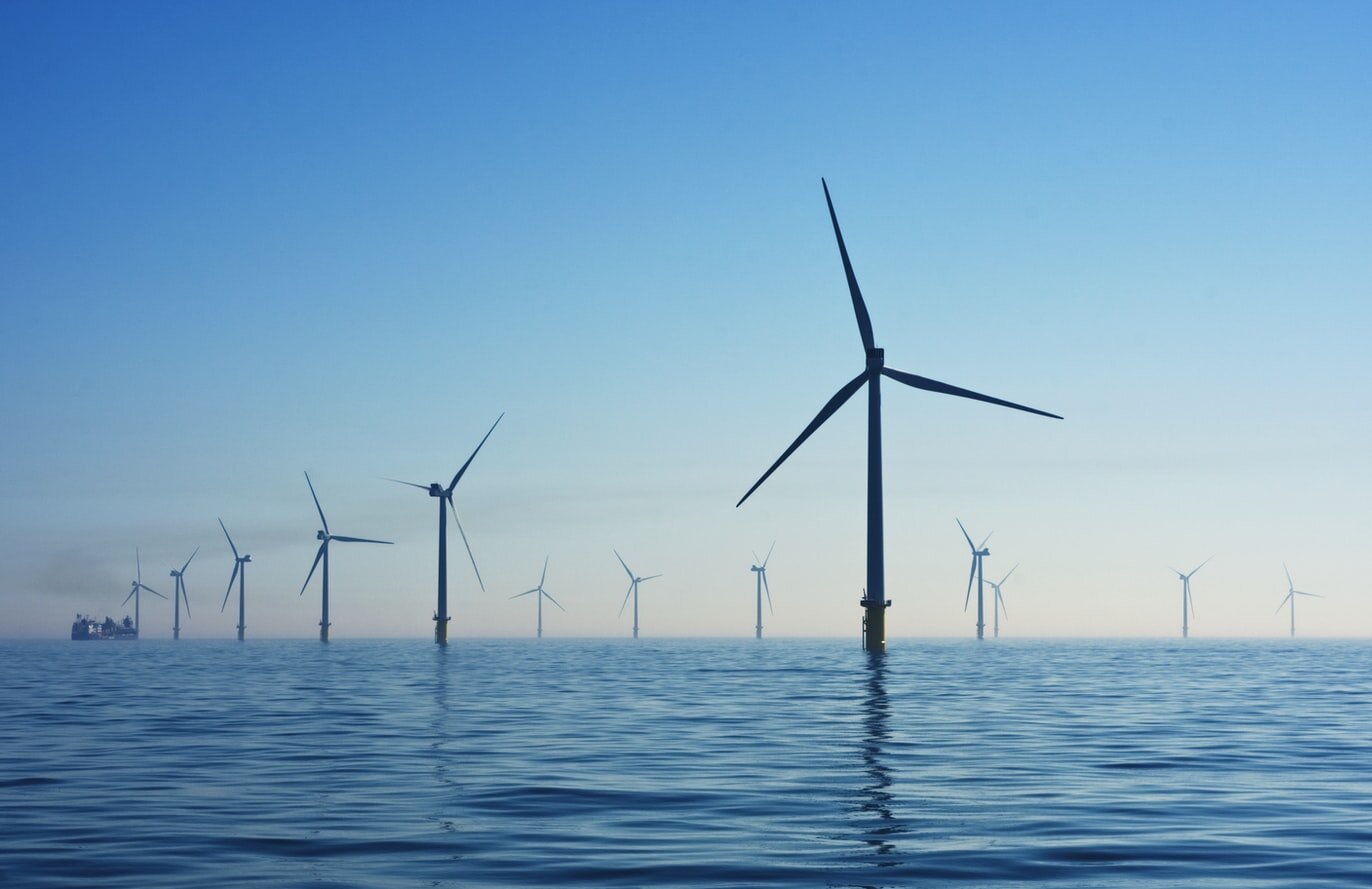
Despite the many challenges of 2020 and our frenetic news cycle, a few encouraging facts about clean energy have arisen: As ETF Trends notes, “clean energy and clean technology are in the midst of a new era of growth and competitiveness,” and, “2019 marked the first year in the modern electric era that renewable energy surpassed coal in the U.S. energy supply mix.”
It is clear, then, that the renewable industry has reason to celebrate. It has also dominated headlines of late. For example, it has entered the political fold, as Democratic Presidential Candidate, Joe Biden, has pledged to transition the U.S. to emissions-free power by 2035. What’s more, as online shoppers may have noticed by now, the e-commerce giant Amazon has also shifted its fleet of delivery vans to all-electric.
What else is in store in the years ahead, and how will the decisions being made now “power” our collective future? We explore.
 The Conquest Solar Project in the Empire State
The Conquest Solar Project in the Empire State
New York Governor Andrew Cuomo has been aggressively pushing solar power throughout New York State.
In fact, he aims to have the state producing 70% of its electricity from renewable sources by 2030, rivaling Biden’s plan to bring the nation to a similar mark by 2035.
In response, solar power farms have been popping up everywhere, from Orange County to Orchard Park. Due to the massive influx of new solar construction, New York is planning a dedicated permitting office in the Department of Economic Development to handle the demand. The office could help future solar projects obtain approval in a year or less – a far cry from the current process which can take up to nine years.
In addition, there is the Conquest project – a large solar-power farm being developed by NextEra Energy outside the town of Conquest in Cayuga County, N.Y.
The state’s policy and the enormity of Conquest, which we’ll describe below, offer a promising outlook at the rate, and scale, of these renewable projects.
NextEra Energy Goes Big
Calling the Conquest undertaking “huge” may be underselling the project. To put it in perspective, imagine the size of the entire Meadowlands sports complex.
Now triple it.
The solar panels themselves will use between 1,400-1,500 acres of land. The remaining land will be used as a buffer from neighbors and to maintain environmentally sensitive areas.
At 200 megawatts, the Conquest project is the largest solar array in New York State and could power up to 30,000 homes when all is said and done. But it will not be No. 1 for long. Even larger solar farms have been proposed – one of which will be a 350-megawatt giant in nearby Wayne County.

Turbulent Times for New England Turbines
Experts also predict that investment in U.S. offshore wind farms could hit $108 billion by 2030. With those farms come tens of thousands of new jobs.
The New England region was concerned when construction of the nation’s first large-scale wind project off the coast of Martha’s Vineyard stalled out. It was also a big blow to developers, who were scrambling to take advantage of the final year to complete projects qualifying for the 100% federal Production Tax Credit (PTC).
The Martha’s Vineyard site was chosen because the area off of Rhode Island and Massachusetts is one of the world’s largest untapped wind resources.
It’s no surprise that the Atlantic seaboard was also chosen to be the home for nine other wind farms. If they can get up and running in the coming years, they could generate twice as much as electricity as the country currently uses.
There’s more in store, too.
While it is no secret that the current administration is no fan of wind power, some think they may be changing their tune. Meanwhile, Biden continues to advocate for aggressive offshore wind farm construction. No matter how next month’s election turns out, it’s clear that the renewable energy sector is poised to power ahead.
Looking Forward: the Smart Grid and More
The recent column in ETF Trends perhaps says it best: “Advances in technologies are enabling a smart grid capable of integrating more distributed sources of energy while at the same time being more resilient. Other technologies are allowing us more control over the energy we use in order to consume less or use it in entirely new ways…”
While renewable/clean energy is currently a source of political tension, we foresee it building far beyond partisan rhetoric. This is energy – and associated technologies – that can feasibly power the U.S. grid, and within a relatively short amount of time.
Aggressive solar farm construction, more offshore wind farms, and continued research into the upside of renewables will become the norm.
Have the inside scoop on any other ways COVID-19 will change the future of places? Feel free to let us know in the comments below.